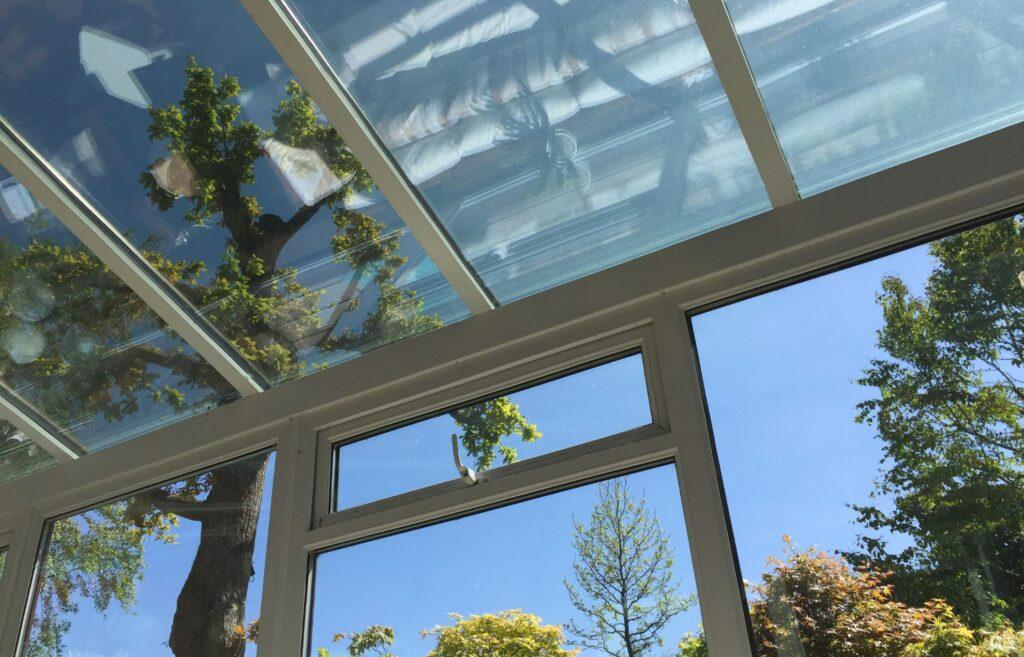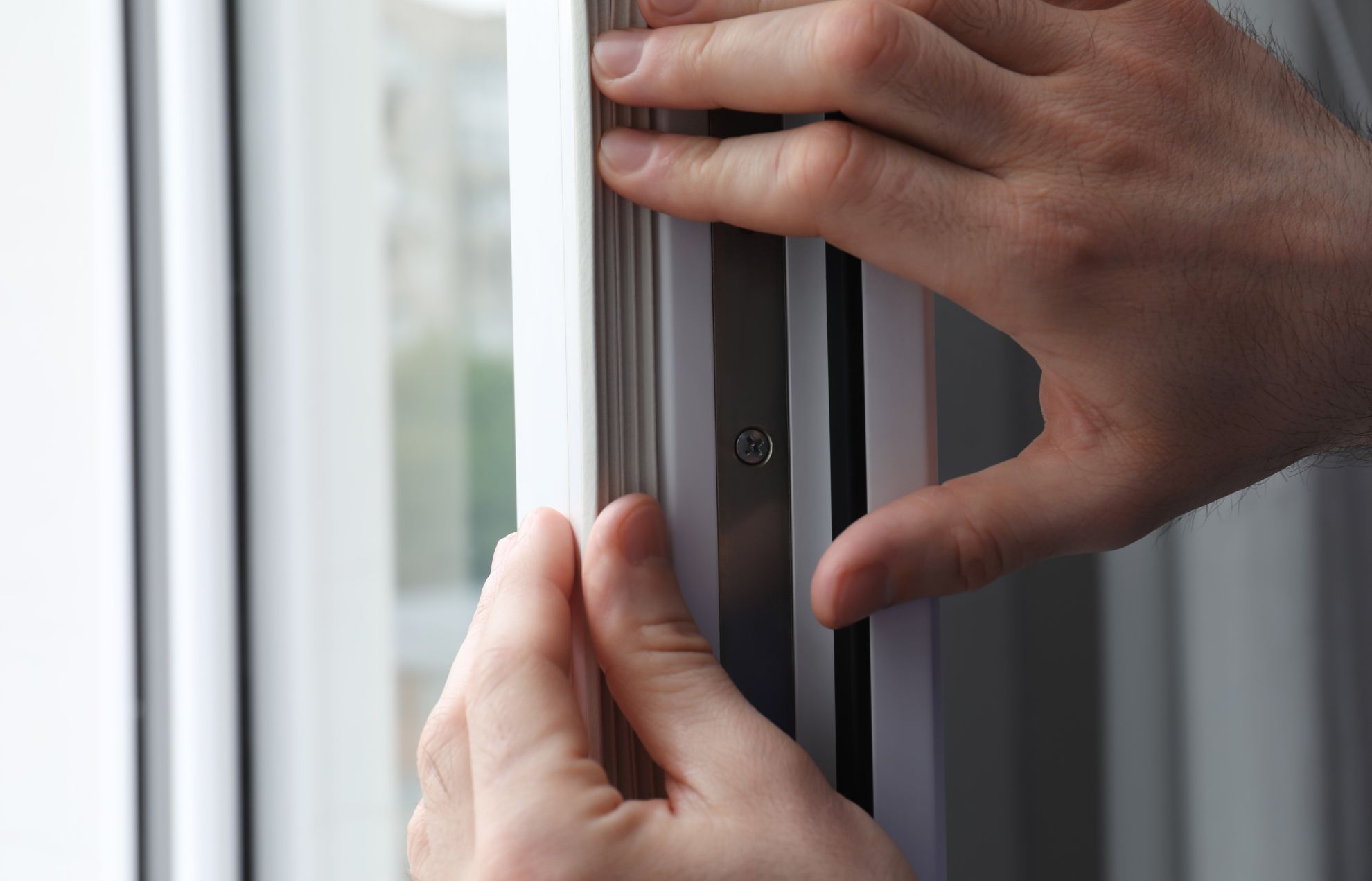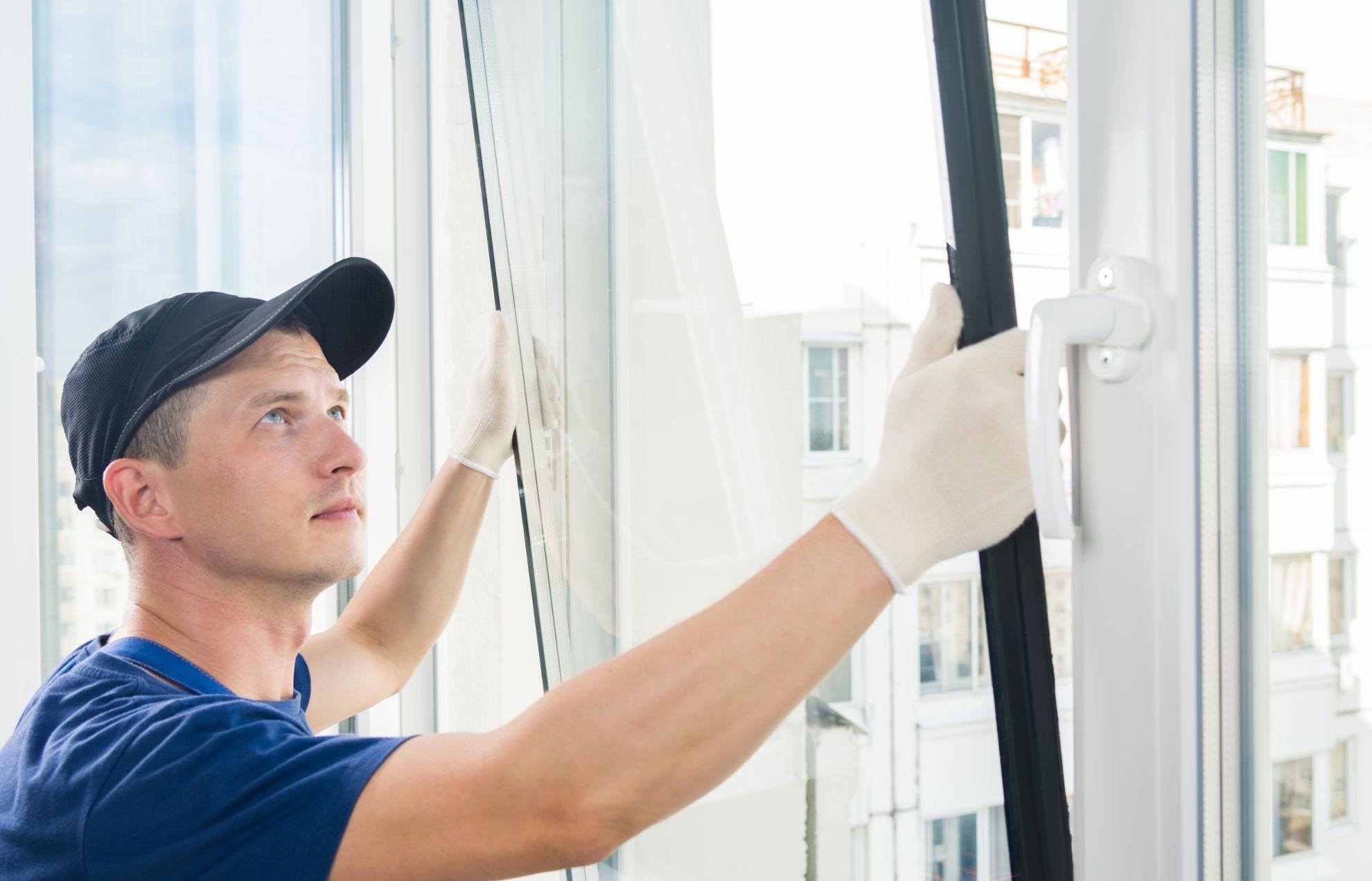Conservatory Types
Conservatories are a wonderful way to bring the beauty of the outdoors into your home and create a light-filled, versatile living space. But with so many styles to choose from, deciding which type of conservatory is right for you can be a challenge.
This guide will explore the most popular options, helping you find the perfect fit for your home and lifestyle.
Struggling to know which style to choose? If you’re based in the East Midlands, our team of experts at Phair Windows can help. Call 0116 456 0242 or complete our online enquiry form.
Types of Conservatories
There are four main types of conservatories.
Lean-to Conservatories
Lean-to conservatories, also known as sunrooms or garden rooms, are the simplest and most cost-effective type of conservatory. They have a sloping roof that leans against the house wall and are ideal for homes with limited space.
Lean-to conservatories are versatile and can be used for various purposes, such as a dining area, home office, or playroom.

Victorian Conservatories
Victorian conservatories are a classic and elegant choice that suits both modern and traditional homes. They have a bay front, a steeply pitched roof, and ornate details such as finials and cresting.
Victorian conservatories are spacious and provide a panoramic view of the garden. They are suitable for larger homes and can be used as a living room, dining room, or a space for entertaining guests.
Edwardian Conservatories
Edwardian conservatories are similar to Victorian conservatories but have a simpler and more modern design. They have a square or rectangular shape, a flat front, and a pitched roof.
Edwardian conservatories have a spacious and open feel and are ideal for homes with a contemporary design. They can be used as a living room, dining room, or playroom.
Gable-Fronted Conservatories
Gable-fronted conservatories, also known as pavilion conservatories, have a high vaulted ceiling that creates a grand and spacious feel. They have a triangular front that adds a touch of elegance to the design.
Gable-fronted conservatories are ideal for homes with high ceilings and can be used as a living room, dining room, or a space for entertaining guests.
Other Types of Conservatories
In addition to the four main types of conservatories above, there are some other styles to consider.
P-Shaped Conservatories
P-shaped conservatories are a combination of lean-to and Victorian or Edwardian conservatories. They have a P-shaped floor plan that provides a versatile and spacious living area.
P-shaped conservatories are ideal for larger homes and can be used as a living room, dining room, or a space for entertaining guests.
T-Shaped Conservatories
T-shaped conservatories are a combination of lean-to and gable-fronted conservatories. They have a T-shaped floor plan that provides a spacious and versatile living area.
T-shaped conservatories are ideal for larger homes and can be used as a living room, dining room, or a space for entertaining guests.
Orangeries
Orangeries are a type of conservatory that originated in the 17th century and were used for growing citrus fruits. They have a brick or stone base and a glazed roof that provides natural light.
Orangeries have a more solid and substantial feel than other types of conservatories and are ideal for homes with a traditional design. They can be used as a living room, dining room, or a space for growing plants.
Bespoke Conservatories
Bespoke conservatories are custom-designed to match your style and requirements. From the layout and size to the materials and finishes, every aspect of a bespoke conservatory can be customised to create a space that perfectly suits your lifestyle.
Whether you want a contemporary design with large glass panels or a more traditional style with brickwork and ornate details, a bespoke conservatory allows you to create a one-of-a-kind living space.
Types of Conservatory Roof
When it comes to conservatories, the roof you choose plays a big role in aesthetics, functionality, and your overall enjoyment of the space.
Here’s a breakdown of the most common conservatory roof types:
Glass Roofs:
- Pros: Floods the conservatory with natural light, creating a bright and airy feel. Classic aesthetic that complements most architectural styles.
- Cons: Can get too hot in summer, requiring additional shading. May not be ideal for all climates due to poor insulation.

Polycarbonate Roofs:
- Pros: Affordable option, lightweight and easy to install. Good for light transmission.
- Cons: Not as thermally efficient as glass or tiled roofs. Can become noisy in hail or heavy rain. Less aesthetically pleasing than other options.
Solid/Tiled Roofs:
- Pros: Excellent insulation, making the conservatory usable year-round. Creates a more solid, traditional feel, blending seamlessly with the main house.
- Cons: Most expensive option. Tiled roofs can be heavier and require a stronger supporting structure. May not comply with building regulations in some areas.
Hybrid Solid Roofs:
- Pros: Combines the benefits of glass and solid materials. Offers good insulation with sections of glazed panels for natural light.
- Cons: Most expensive option. Can be complex to install.
Additional Considerations:
- Flat Roofs: Less common for conservatories but offer a clean, modern aesthetic. Require a proper drainage system to avoid water build-up.
- Building Regulations: Always check with your local authorities to ensure your chosen roof design complies with building regulations.
Ultimately, the best conservatory roof for you depends on your priorities, budget, and how you plan to use the space. Consider factors like heat control, light transmission, aesthetics, and building regulations before making your decision.
Materials Used in Conservatory Construction
Conservatories are typically built with two main components: the frame and the glazing.
Here’s a closer look at the materials commonly used for each:
Frame Materials:
- uPVC (unplasticised polyvinyl chloride): The most popular choice due to its affordability, durability, and low maintenance. uPVC frames come in a variety of colours and styles to match your existing home.
- Aluminium: Offers a sleek, modern aesthetic and is strong, lightweight, and resistant to rust. Ideal for larger conservatories with expansive glass panels. Can be more expensive than uPVC.
- Timber: Provides a classic, natural look and excellent insulation. Requires regular maintenance like painting or staining. Generally the most expensive option.
Glazing Materials:
- Glass: The most common choice, allowing for maximum natural light and a seamless connection to the outdoors. Different glass types offer varying levels of heat insulation, solar control, and self-cleaning properties.
- Polycarbonate: A lightweight, shatterproof option that’s affordable and allows good light transmission. However, it provides less insulation than glass and can be noisy in heavy rain or hail.
Additional Considerations:
- Double Glazing: Almost all conservatories today use double glazing for improved thermal insulation and noise reduction.
- Self-Cleaning Glass: An optional upgrade that can minimise cleaning and maintenance.
The best material choice for your conservatory depends on your budget, desired aesthetics, and performance needs. Consider factors like insulation, durability, maintenance requirements, and local building regulations when making your decision.

Choosing The Right Conservatory With Phair Windows
Beyond style, consider how you plan to use your conservatory. Lean-to designs are perfect for extra space, while Victorians create a stunning entertaining area. Edwardian and gable-end styles offer a good balance of light and space, making them suitable for various uses.
Remember to factor in your property’s style and any height restrictions. Consulting with our conservatory specialists can help you explore all the options and find the perfect design to complement your home and lifestyle.
For a free quote on replacement windows, doors, porches, conservatories, roof replacement, or roofline, get in touch with our experts today! Call 0116 456 0242 or complete our online enquiry form.
Frequently Asked Questions
What are the Different Types of Conservatories?
Conservatories come in classic and modern styles. Lean-to options are simple, Victorians are grand, and Edwardian offer clean lines. Gable-end conservatories combine space with a striking facade. P-shaped designs create unique layouts, while bespoke options allow for complete customisation.
Do you Need Planning Permission For a Conservatory?
In the UK, planning permission for conservatories usually isn’t required if they stay under a certain size and avoid exceeding half your garden space or extending beyond the house’s main roofline. Always check with local authorities for specific regulations.
Can a Conservatory Add Value to My Property?
Yes, a well-designed and well-maintained conservatory can add value to your property. A conservatory can increase the usable living space and enhance the overall appeal and functionality of your home. It can be a valuable investment and a sought-after feature for potential buyers.
What is the Best Time of Year to Build a Conservatory?
The best time of year to build a conservatory is typically during the warmer months, such as spring or summer. This allows for better weather conditions and faster construction. However, the timing may vary depending on factors such as planning permission, availability of contractors, and personal preferences.
How Long Does it Take to Install a Conservatory?
The installation time for a conservatory can vary depending on factors such as the size, complexity, and specifications of the project. On average, it can take anywhere from a few weeks to a few months from the start of construction to the completion of the conservatory.
Are Conservatories Suitable for All Year Use?
With proper insulation, heating, and ventilation, conservatories can be suitable for year-round use. Enhancing the thermal efficiency and climate control of the conservatory through insulation techniques, energy-efficient glass, and heating systems can ensure a comfortable living space regardless of the season.
Related Articles:
- How to Modernise a Conservatory
- What is the Difference Between An Orangery and A Conservatory?
- How to Keep Your Conservatory Warm In Winter
- How Much Does a Conservatory Cost in Leicester?
- What are Fascias & Soffits?












